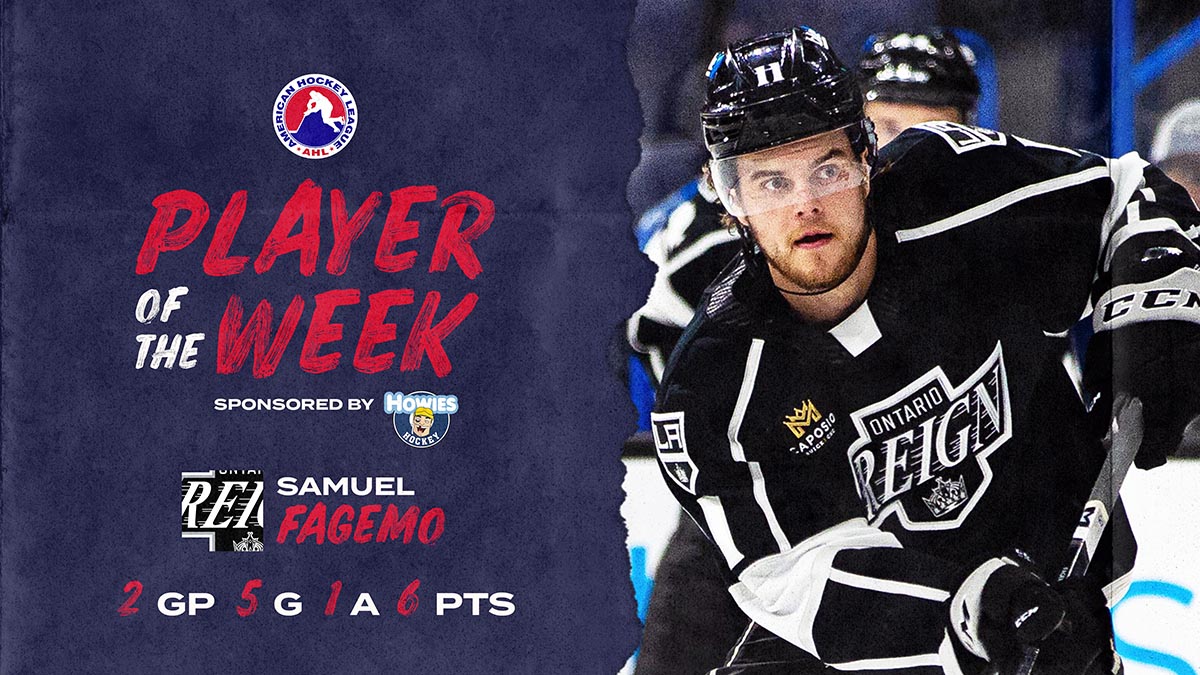
For years, hockey`s top young prospects developing within the Canadian Hockey League (CHL) framework have navigated a largely rigid path. The long-standing agreement between the NHL and the CHL has dictated that 18 and 19-year-old players drafted by NHL teams must either secure a roster spot in the National Hockey League immediately or be returned to their junior clubs. The American Hockey League (AHL), the primary professional feeder league, remained effectively off-limits for most players in this age bracket.
However, reports emerging from the ratification of the new Collective Bargaining Agreement (CBA) between the NHL and the NHL Players` Association suggest a specific, albeit narrow, modification to this traditional structure is on the horizon. Commencing with the 2026-27 season, when the new CBA takes effect, NHL teams will reportedly be granted a singular exception to the rule: the ability to assign one 19-year-old player from the CHL to their AHL affiliate for the season.
This new provision is explicitly limited to players aged 19. Players aged 18 remain subject to the existing rules and are not eligible for this AHL assignment option under the reported terms of the new agreement. The allowance is also strictly capped at one such player per NHL franchise per season, indicating a measured approach rather than a wholesale dismantling of the NHL-CHL development pipeline agreement.
While seemingly a small change, this introduces a new strategic variable for teams managing their prospect pool. The traditional binary choice – make the NHL or return to junior – is slightly expanded. For a specific 19-year-old prospect who a team feels might benefit more from exposure to the professional speed, physicality, and structured environment of the AHL rather than another year in junior hockey, this offers a previously unavailable pathway. It provides a `golden ticket` slot for teams to potentially accelerate the development of a player they deem ready for the challenges of professional hockey, even if they aren`t quite NHL-ready.
This provision is reportedly just one piece of a larger, comprehensive agreement between the league and its players, which includes other significant structural and economic changes. Yet, for those tracking the complex world of player development in professional hockey, this specific clause represents a noteworthy shift, offering a limited crack in the long-standing barrier between the CHL and the AHL for a select group of 19-year-old talents.
The hockey world will undoubtedly monitor how teams choose to utilize this new developmental option starting in 2026-27 and what impact, if any, it has on the progression of elite prospects.

